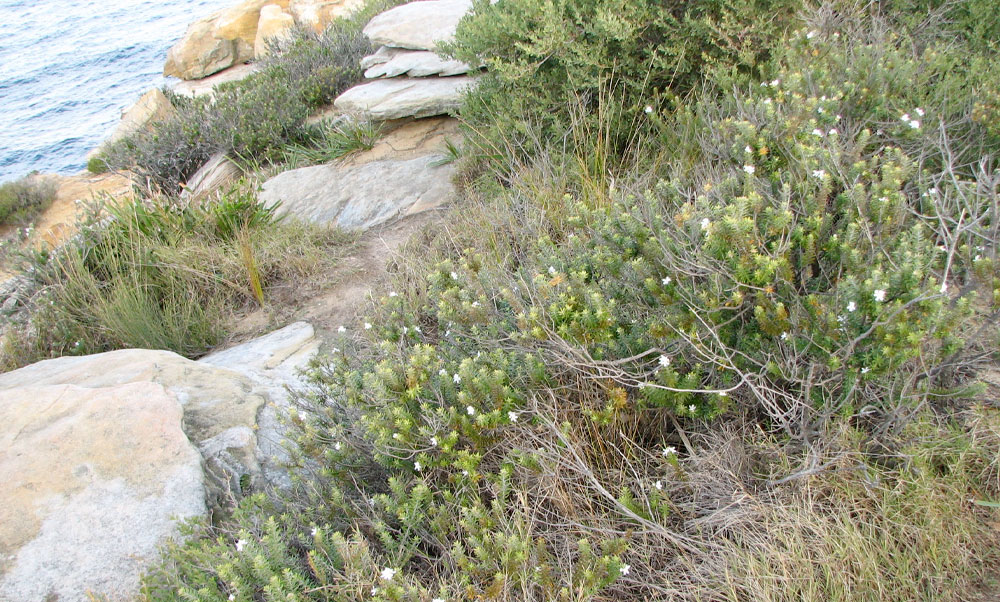When people think about bees, they often picture the European honeybee. But Australia is home to over 1,700 species of native bees, many of which are tiny, solitary and completely stingless. These hardworking pollinators play a vital role in our gardens and local bushland — yet they’re often overlooked and under threat from habitat loss, pesticides and lack of year-round food sources. The good news is that creating a safe haven for native bees is simple and rewarding, and it starts with choosing the right plants and features.
1. Blue flax lily (Dianella caerulea)
Why it helps: Blue flax lily is a hardy native that provides nectar-rich flowers for bees and other pollinators. Its bright blue berries and strappy leaves also add texture to garden beds. It grows well in full sun to part shade and is low maintenance once established.
2. Tea trees (Leptospermum spp.)
Why it helps: Tea trees, including coastal and river tea tree varieties, produce masses of small white flowers that are a magnet for native bees. Many species flower over a long period, providing reliable food when other blooms are scarce. They’re tough, adaptable and suited to a range of soil types.
3. Grevillea (Grevillea spp.)
Why it helps: Grevilleas are known for their vibrant, nectar-filled blooms that attract a wide range of pollinators. Small-flowered, spider-style grevilleas are especially good for tiny native bees that need easy access. Planting a mix that flowers at different times will keep bees fed year-round.
4. Fan flower (Scaevola aemula)
Why it helps: This low-growing native is loved by blue-banded bees and other small pollinators. Its purple fan-shaped flowers provide an excellent nectar source through spring and summer. Fan flower is ideal for rockeries, hanging baskets or groundcover.
5. Bottlebrush (Callistemon spp.)
Why it helps: Bottlebrush plants burst into vibrant red or pink flower spikes, each packed with nectar for native bees, birds and insects. They’re hardy and tolerate a range of conditions, including clay soils and dry spots once established.
6. Native rosemary (Westringia fruticosa)
Why it helps: This versatile shrub produces small, nectar-rich white or mauve flowers for much of the year, providing a steady food source for native bees. It works well as a hedge, border or coastal planting and handles dry conditions with ease.
Beyond planting, you can make your garden more bee-friendly by avoiding pesticides, leaving small bare patches of soil for ground-nesting bees, and adding a bee hotel made from untreated timber or bamboo. A shallow water dish with pebbles will help bees stay hydrated on hot days. With just a few thoughtful choices, your backyard can become a buzzing sanctuary for some of Australia’s most important pollinators.
Gardening Australia — Native bees: abc.net.au/gardening
Wild Pollinator Count: wildpollinatorcount.com
Sustainable Gardening Australia — Pollinator gardens: sgaonline.org.au
Gardening with Angus — Australian native plant profiles: gardeningwithangus.com.au
Australian Native Plants Society — Bee-friendly natives: anpsa.org.au
